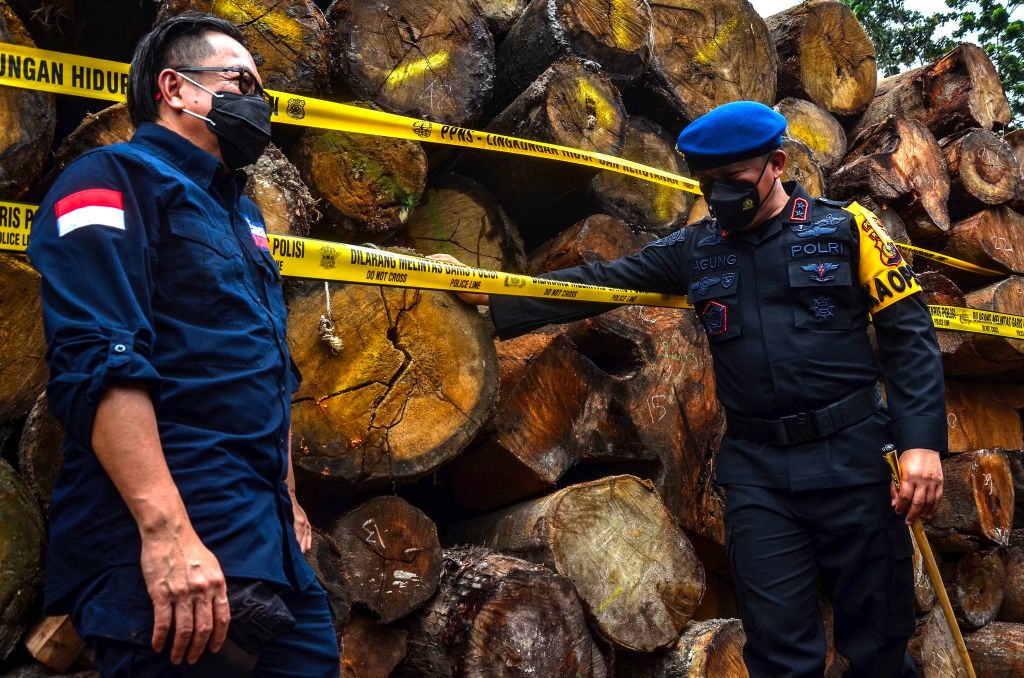
Technology is given to indigenous people within the Amazon rainforest to combat illegal operations within its territory. The effect was immediate, reducing tree losses in half for the first year of the project alone.
Conservation groups gave technology to communities to combat the continuous threats of illegal operations, such as drug trafficking, logging, and mining.
What Happened?
BBC was able to report that the Amazon rainforest has a vast number of indigenous tribes living in the area with an estimated 3,344 communities.
For as long as it has been reported, these small communities have been under constant threat of attack from outsiders due to their desire to harvest the resources the rainforest has to offer.
The Amazon rainforest is used by people with nefarious means to plant illegal crops for drugs like coca plants, illegal logging, and gold mining. For the past 40 years, several environmentalists and governments have condemned these actions, and tried to stem the tide of illegal activity with little to no avail given its vast expanse.
The governments of Colombia, Brazil, and Peru have thus invested heavily in the use of satellite technology to monitor what's happening within the rainforest, such as illegal logging.
However, there is little to no evidence that the data is being transmitted to the tribes in areas that are most affected, until now.
Read More: Police Raid Underground Crypto Farm With Thousands of Gaming Consoles and PCs
New Research Being Carried Out
There is ongoing research being carried out within the indigenous communities with the help of environmentalists. The research is to see what happens when the information is directly fed to the indigenous communities, and how it will make a difference.
Among the 3,000 plus communities, the researchers were able to identify 76 remote villages located in the Peruvian Amazon, with 37 communities participating in the monitoring program.
Another 37 other communities were used as a control group and continued with their efforts to curb the existing threat of illegal activities in their way.
As for the selected communities with technology on their side, three members were instructed and taught how to use the satellite phones and carry out patrols to verify the validity of deforestation.
How Were They Trained?
Satellite information that shows suspected deforestation or illegal logging and mining activities can leave a footprint.
With the use of photos, GPS coordinates, and knowing the lay of the land. The data gathered is then transferred to a USB and delivered out of the Amazon river to respective governments.
The information that was stored can then be downloaded to specialized apps within a smartphone that can guide the community, who can now monitor the suspected locations and take proper action.
Proper action is when forest patrols can confirm unauthorized activity and be able to report back immediately to decide on what's the best approach.
For instances involving drugs, the best move would be to alert local authorities. However, activities that aren't as risky could mean that the community members could intervene themselves and drive offenders off of their turf.
Researchers examined the results over a year and showed that deforestation dropped 52% and 21% in the first and second years.
Read More: SpaceX Launches Another Batch of Starlink Satellites, Company Nearing its Goal
This article is owned by Tech Times
Written by Alec G.








